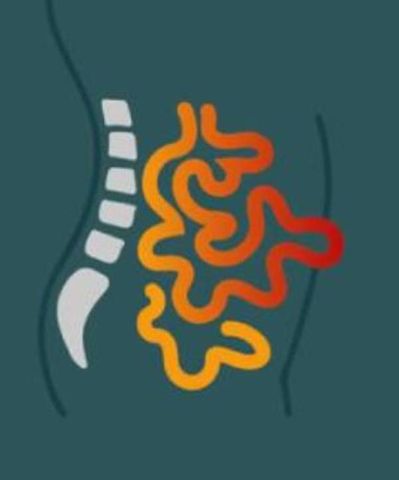
Your muscles are strong and dense, helping you walk, run, and perform daily activities. However, they’re also responsible for holding your organs in place. When an organ pushes through weakened tissue or muscle, a hernia occurs.These injuries often present as painful, bulging spots and are typically caused by strain or trauma. In most cases, a surgeon will need to diagnose and treat the issue. Here’s what you should know about the main types of hernias and their symptoms.
What Are the Main Types of Hernias?
1. Inguinal
Inguinal hernias are the most common. One of two kinds involving the groin, they account for about for about 70% of all hernias. These occur in the groin area between the lower abdomen and upper thigh, typically in the inguinal canal. They’re usually a result of strain on the groin, which causes fat or the intestines to push through the groin or scrotal area. Anyone can get them, but they’re most common in adult males. Inguinal hernias appear as a bulge on one or both sides of the groin and are often painful. Surgery is typically required to correct them.
2. Hiatal
Hiatal hernias are common in senior adults. These occur when part of the stomach protrudes through the diaphragm in the chest. Children can get hiatal hernias, but in these cases, they’re most often caused by a congenital disability. This type of hernia typically causes acid reflux or heartburn. Hiatal hernias are generally not as serious as some other types, and your surgeon may just treat the symptoms rather than perform abdominal surgery.
3. Femoral
Women, particularly seniors, are more at-risk for femoral hernias. These occur when part of the intestine protrudes through the upper thigh muscle beneath the groin. Femoral hernias are usually painful, especially when you aggravate the area by lifting or bending. A surgeon will gently palpate the area to determine if you have a hernia. If it’s small and asymptomatic, it may not require treatment. However, if the hernia is moderate to large, it will require surgical repair, especially if it’s causing discomfort.
4. Umbilical
Umbilical hernias most often occur in babies under six months old. These occur when the tissue lining the abdomen doesn’t close as it should over the belly button, causing an organ to protrude. They usually resolve on their own but may require surgery if the area doesn’t close after three or four years.
5. Incisional
Incisional hernias can occur after a surgery involving an incision of the abdominal area. An organ, typically a bowel or intestine, pushes through the scar, causing a bulge. People are at higher risk for this type of hernia if they become pregnant or gain a significant amount of weight after abdominal surgery. Your surgeon may recommend using a truss to keep the hernia in check, but surgery is required for a permanent solution.
If you’re experiencing any of these symptoms, turn to Ozark Surgical Group in Mountain Home, AR. Their surgeons will diagnose your symptoms and recommend treatment options, They are experienced in open and minimally invasive surgical techniques including laparoscopic and robotic-assisted hernia repair. In addition to general surgery procedures, the facility offers women’s wellness exams and treatment for venous insufficiency. Call (870) 425-9120 to schedule a consultation or visit the website to learn more about their services.
About the Business
Have a question? Ask the experts!
Send your question

